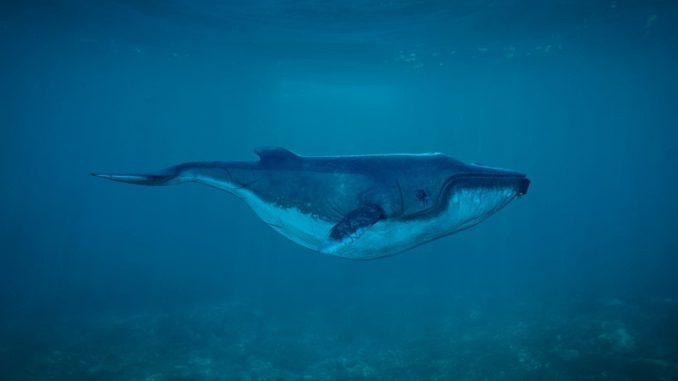
Phil and Stephen discuss three animals who might well show us how to live longer and healthier lives.
Secrets of these 200-year-old whales who avoid cancer
Why the bowhead whale lives 200 years and rarely gets cancer.
When compared to small animals, humans are long-lived and share traits with the elephant, and the bowhead whale – such as repressed telomerase activity and short telomeres. According to the prevailing theory, short telomeres and repressed telomerase should limit the ability of cells to divide and inhibit cancer.
Aviv and Shay point out that recent studies found that the elephant and bowhead whale have increased copies of “specific genes that may reduce cancer risk.” A bowhead whale may live up to 200 years making it the longest known living mammal on earth. Asian Elephants reach a maximum lifespan of about 86 years.
Naked mole rats defy the biological law of aging
In the world of animal models, naked mole rats are the supermodels. They rarely get cancer, are resistant to some types of pain, and can survive up to 18 minutes without oxygen. But perhaps their greatest feat, a new paper suggests, is that they don’t age.”
Google’s Calico Labs announces discovery of a “non-aging mammal.”
In the first significant announcement since it was formed in 2013, Calico Labs researchers Rochelle Buffenstein, Megan Smith, and J. Graham Ruby announce that the naked mole rat is a “non-aging mammal.”
The researchers followed the naked mole rats – housed at the Buck Institute – over a three-decade-long study period. They found that these creatures show hardly any signs of aging, such as problems with their metabolism, heart, or bones. Females do not go through menopause and continue to reproduce into their 30’s.
The researchers published their results on Jan 24th in the open access journal eLife.
To judge the rate of aging, the Calico team used a mathematical model called the Gompertz-Makeham law of mortality. This statistically-validated law states that the risk of death for every mammal increases exponentially with increasing age. The Calico researchers used this model to analyze an existing data set of more than 3000 naked mole rats over a 30-year timespan and found that the small mammals did not conform to the Gompertz-Makeham law. Unlike every other mammal, the mole rats do not face an increased hazard of death with each birthday, as the Calico authors said.
Axolotl genome sequenced, revealing regeneration genes
If you lose an arm or a leg, there’s a whole range of advanced prosthetics to give you some functionality back. But we might not need any artificial help in the long run if research into limb regeneration bears fruit. Scientists have now sequenced the genome of the Mexican axolotl, and have identified a few key genes hidden amongst its extremely complex genetic blueprint.
WT 397-709
Eternity Kevin MacLeod (incompetech.com) | Licensed under Creative Commons: By Attribution 3.0 License | http://creativecommons.org/licenses/by/3.0/